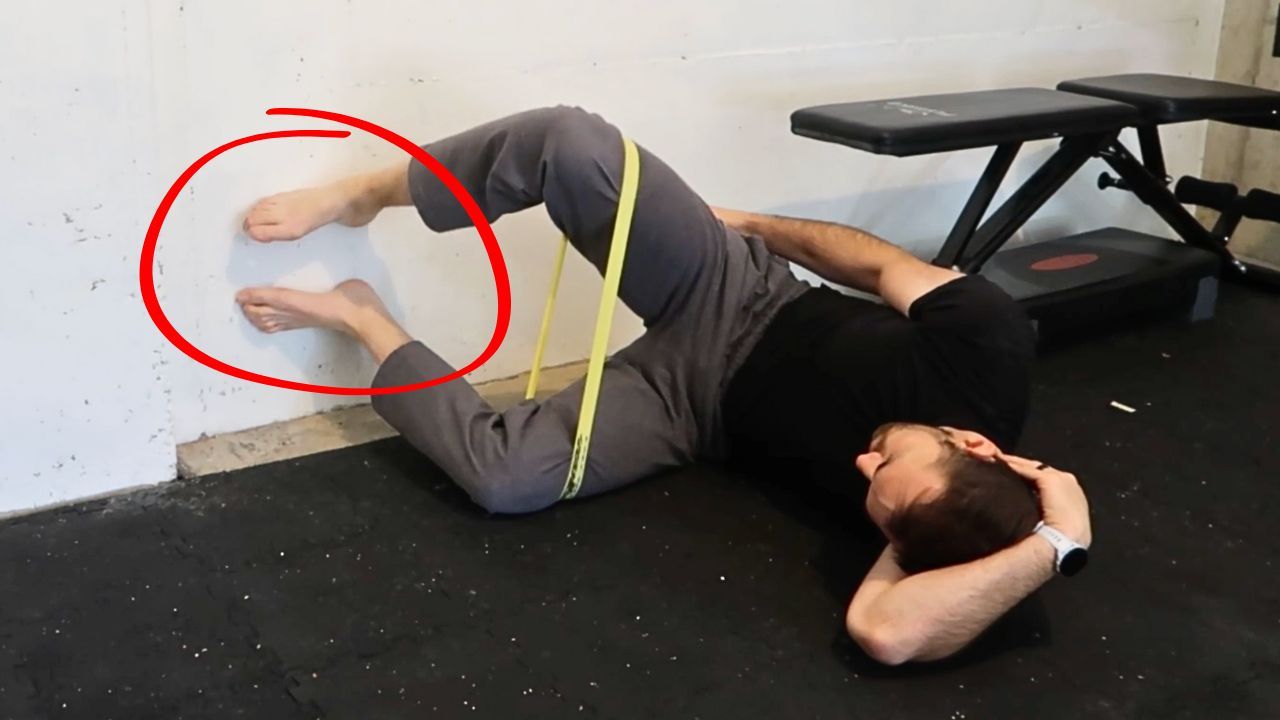This Clamshell Exercise Variation will Change Your Hips.
Dec 30, 2024
The clamshell might be one of the most popular corrective exercises on the planet. This is good because it’s an effective exercise.
But I often see coaches treat the clamshell as some type of panacea for all hip problems.
This used to be me. Both as a student and later as a coach. I used to do clamshells everyday like I was some type of aerobics enthusiast.

These days, I know better. I understand when to program clamshells for people and when to not.
More importantly, I’ve discovered a variation of the clamshells exercise that will provide the most bang for your buck.
I am a big believer in discarding excess fat in exercise. Time is precious and in this article, I will explain how you can avoid wasting yours when programming clamshell exercises.
Target Muscles in the Clamshell Exercise - Gluteus Medius & Others
Clamshells are often considered a gluteus medius exercise but they are much more than that. Especially if you do the variation I show you in the below section.

The clamshell teaches the hips how to externally rotate. This movement is performed by the gluteus medius but also the glute max, TFL and all the other lateral hip muscles.
It is critical for you to understand what your goals are with exercise. If your goal is aesthetics and you want to build bulkier muscles then it is wise to isolate specific muscle groups.
This is more of a bodybuilder-approach to exercise selection. But clamshells probably shouldn’t be in your program if this is your priority. There are much more effective exercises that build the glutes like squats, deadlifts, RDLs, hip thrusts, etc.

Writing this article In my mid-30s, I can say that I care much more about building better movement than a jacked body. Don’t get me wrong, I want to look good but it is not my main objective with exercise.
As I age, I want to move with comfort, ease and most importantly, without pain.
This is likely what you want too, which is why I encourage you to worry less about the target muscle and focus more on the target movement.
Clamshells will help your nervous system learn how to abduct and externally rotate your hips. Once this is accomplished, you can move on to more challenging movements.
Clamshell on the Wall Exercise
If our main goal is better movement, let’s break down how the clamshell exercise can help us get there.
I view all corrective exercise as a means to an end. What more difficult movement is this exercise helping you access?

You learned above that clamshells help with external rotation and abduction. What more difficult full-body movements require these hip actions? The squat and side split are two examples.
In both of these more complex movements, notice that the feet are on the floor. These are closed-chain exercises because your feet make contact with the ground.
This is why I recommend you perform the clamshell with your feet on the wall.
This variation of the exercise will translate much better to more common full-body movements that most of you care about.
On the other hand, if you’re a martial artist or dancer that is more concerned with elevating your legs into the air, the open-chain version of the clamshell would be better suited for you.
What if the clamshell exercise hurts?
We need to respect pain but not fear it. Instead of avoiding the clamshell, I recommend you find a way to do it with more comfort.

Avoidance is a slippery slope and if you’re already dealing with chronic pain issues, you don’t want to send your brain even more danger signals.
The clamshell is a low-intensity corrective exercise. Even those who have major restrictions in their movement should be able to find a way to do it without pain.

Here are some things you can try:
- Reduce the range of motion substantially. Think this to yourself: “how easy can I make this exercise where it’s completely pain-free.”
- Experiment on the wall and off the wall to see what feels better.
- Do it without a band or a much lighter band for a few weeks.
- Bring your torso back more, further away from your hips. Sometimes, too much hip flexion makes the exercise uncomfortable.
- Try holding the starting position for 20-60 seconds instead of doing reps.
Closing Thoughts
The moral of the story is to be crystal clear on why you’re doing the clamshell. If it’s to get out of hip pain then I promise you that you will inevitably be disappointed.
Chronic hip pain is complex and there is no one exercise that will fix it. Permanent pain-relief comes from a more well-rounded movement plan.
On the other hand, if you program clamshells as a way to improve how you move, then you will see value. It is a great exercise to gently teach the body how to create more closed-chain external rotation and abduction.
